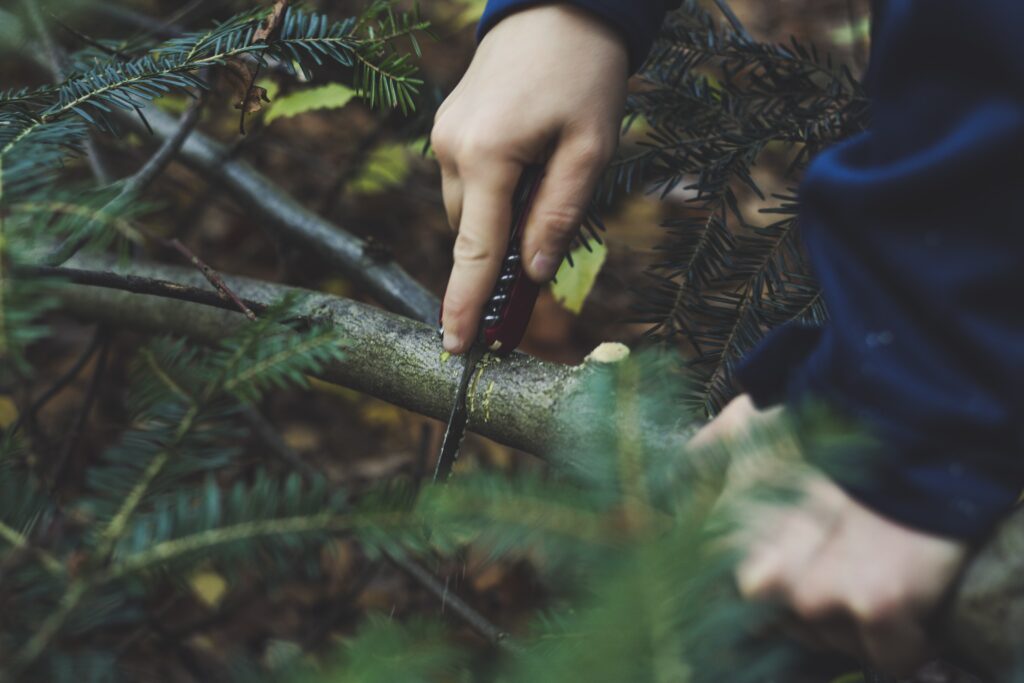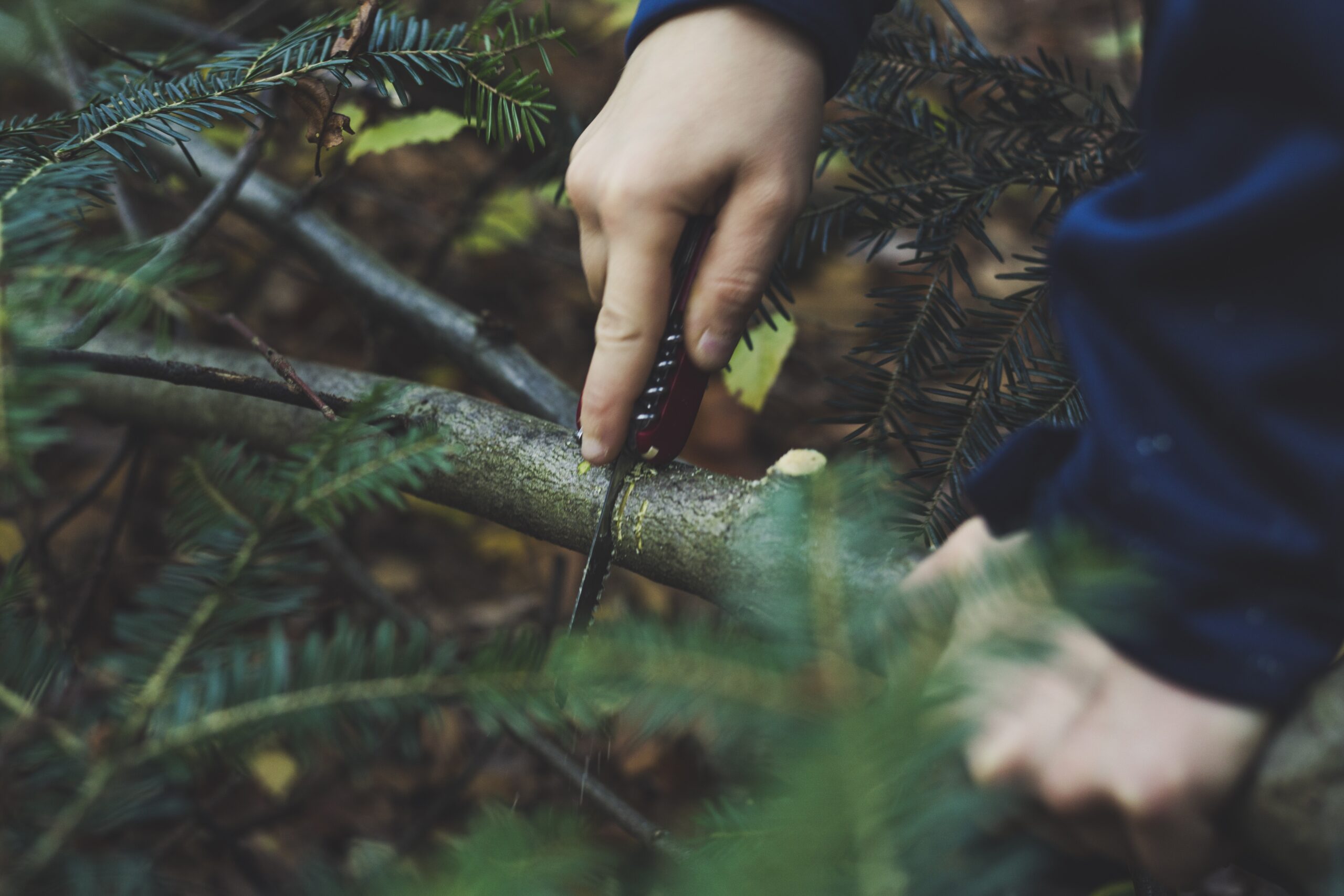Imagine you’re lost in the middle of nowhere, with only your wits and instincts to rely on. In times like this, knowing the most important survival skills can make all the difference. From finding water sources to building a shelter, these skills can save your life in challenging situations. In this article, we’ll explore the essential survival skills that everyone should know, providing you with the knowledge and confidence to tackle any unforeseen circumstances that may come your way. So, let’s delve into the world of survival skills and equip you with the tools you need to survive and thrive in the great outdoors.
First Aid and Medical Skills
Recognizing and responding to emergency situations
In a survival situation, being able to recognize and respond to emergency situations is crucial. By being aware of your surroundings and knowing the signs of distress or injury, you can quickly assess the situation and provide immediate aid. This includes being able to identify life-threatening injuries, such as severe bleeding or difficulty breathing, and taking appropriate action. Whether it’s calling for help or administering basic first aid, your quick response can make a significant difference in saving lives.
Basic first aid techniques
Having a basic understanding of first aid techniques is essential for any survival situation. From treating minor cuts and burns to stabilizing broken bones, knowing how to provide immediate care can prevent further complications and aid in the healing process. This includes cleaning wounds, applying bandages or dressings, and knowing how to immobilize injuries properly. Additionally, learning the basics of treating shock, managing allergic reactions, and recognizing the signs of common illnesses can be invaluable in a survival scenario.
CPR and AED training
Cardiopulmonary Resuscitation (CPR) and Automated External Defibrillator (AED) training are vital skills for anyone looking to be prepared in emergency situations. CPR can be a life-saving technique when someone’s heart has stopped beating, providing a temporary means of keeping blood and oxygen flowing until medical help arrives. AEDs are portable devices that can restore a regular heart rhythm in the event of sudden cardiac arrest. By learning these techniques, you can significantly increase the chances of survival for someone experiencing a cardiac emergency.
Treating common injuries and illnesses
Knowing how to treat common injuries and illnesses that may occur in a survival situation is crucial. This includes understanding how to address wounds, burns, sprains, and fractures effectively. Additionally, having knowledge of basic first aid for illnesses such as dehydration, heatstroke, hypothermia, and allergies is vital. By being able to assess symptoms, provide appropriate treatment, and know when to seek professional medical help, you can ensure the well-being of yourself and others in challenging circumstances.
Administering medication and dealing with medical emergencies
In some survival scenarios, access to medical professionals and medications may be limited or unavailable. As such, having basic knowledge of administering medication and dealing with medical emergencies is essential. This includes understanding proper dosage, storage, and administration of common medicines like painkillers, antibiotics, and antiseptics. Additionally, knowing how to react in case of severe allergic reactions or anaphylaxis can be life-saving. By being prepared and knowledgeable, you can effectively manage medical emergencies when professional help is not readily accessible.

Shelter Building and Fire Starting
Finding suitable shelter locations
In a survival situation, finding suitable shelter is crucial for protection from the elements and ensuring your well-being. Knowing how to identify suitable shelter locations can make a significant difference in your chances of survival. Look for natural formations such as caves, overhangs, or thick vegetation that can provide protection from rain, wind, and extreme temperatures. Avoid areas prone to flooding or falling debris. Additionally, consider factors like proximity to water sources and potential animal habitats when choosing a shelter location.
Constructing different types of shelters
Once you’ve identified a suitable shelter location, knowing how to construct different types of shelters is essential. This includes building shelters using available resources and natural materials such as branches, leaves, and rocks. Learn different techniques such as lean-tos, debris huts, and tarp shelters. Understanding how to secure and insulate your shelter can help protect you from the elements and maintain body heat, increasing your chances of survival.
Understanding fire safety and building techniques
Fire provides warmth, light, and a means for cooking in a survival scenario. Understanding fire safety and building techniques is crucial for both survival and comfort. Learn how to safely start a fire using various methods such as friction-based techniques like bow drill or flint and steel. Remember to select a safe location for your fire, keeping it away from flammable materials and vegetation. Properly build and tend to the fire to ensure it remains manageable and contained.
Using various fire starting methods
In survival situations, having the knowledge and skills to start a fire using various methods is essential. While matches and lighters may not always be available, understanding alternative methods can greatly increase your chances of success. Learn how to use a magnifying glass or lenses to harness the sun’s rays, make use of flint and steel or fire starters like magnesium rods, and master the art of creating friction-based fire using a bow drill or hand drill. These techniques can provide you with the ability to start a fire even in challenging conditions.

Water Sourcing and Purification
Identifying safe water sources
Water is essential for survival, and knowing how to identify safe water sources is critical. In a wilderness setting, it’s vital to be able to locate and recognize natural sources of water such as rivers, streams, and lakes. As part of your knowledge, understand that stagnant water may be contaminated and pose risks. Look for flowing water sources, as they are often cleaner. Additionally, be cautious of potential pollution sources like industrial areas or animal waste, as they can contaminate even seemingly clean water sources.
Collecting and storing water
Once you have identified a safe water source, knowing how to collect and store water is crucial. Various methods can be employed, depending on the situation and available resources. These include using containers such as bottles, canteens, or improvised vessels made from natural materials like animal bladders or bamboo segments. Focus on collecting clean, clear water, and filter it if necessary. Proper storage in clean containers or natural reservoirs will help prevent contamination and ensure a supply of safe drinking water.
Different methods of water purification
In emergency situations, purifying water is essential to remove any potentially harmful bacteria, parasites, or viruses. There are several methods you can employ to purify water, including boiling, using water purification tablets or drops, and utilizing portable water filters. Boiling is the most effective method, as it kills most pathogens. However, it may not always be practical. Water purification tablets or drops, such as those containing iodine or chlorine, can be used as an alternative. Portable water filters remove impurities through physical filtration. Familiarize yourself with these methods and be prepared to purify water when necessary.
Recognizing signs of contamination or dehydration
Knowing how to recognize signs of contamination or dehydration is crucial in a survival situation. Contaminated water can lead to illness and further complicate your situation. Look out for unusual color, odor, or taste in water sources. If you suspect contamination, it is best to purify the water before consuming it. Similarly, being able to identify signs of dehydration, such as increased thirst, dry mouth and skin, fatigue, and dizziness, is essential. Stay hydrated by drinking regularly and ensuring proper water consumption, especially in hot or strenuous conditions.

Is Mental and Emotional Strength Important in a Survival Situation?
In a survival situation, mental and emotional strength are crucial. It is not just about having a strong physical body to endure hardships; one’s mental state plays a pivotal role in deciding one’s fate. Possessing mental and emotional strength in survival aids in decision-making, problem-solving, and maintaining a determined mindset, encouraging resilience and adaptability towards the challenging circumstances that may arise.
Navigation and Orienting
Using a compass and map
In any survival scenario, being able to navigate using a compass and map can be a lifesaver. A compass can help you determine your direction of travel, while a map allows you to plan your route and identify key landmarks or resources. Familiarize yourself with how to read a compass, understand the different points and degrees, and how to use it in conjunction with a map to orient yourself. With these skills, you can navigate effectively, even in unfamiliar territory.
Navigating without instruments
While a compass and map are valuable tools, it’s equally important to know how to navigate without them. In some situations, you may lose or damage your equipment, making it necessary to rely on natural cues and your surroundings. Learn to observe the position of the sun, moon, and stars to determine your approximate direction. Pay attention to natural landmarks, such as mountains, rivers, or distinctive rock formations, and use them as reference points. Additionally, understanding the behavior of natural elements, such as wind and water flow, can provide valuable clues to help you navigate your way.
Understanding topography and landmarks
Having a good understanding of topography and landmarks is essential when navigating and orienting yourself in the wilderness. Topography refers to the physical features of an area, including hills, valleys, and slopes. By studying the topographical maps of the area you are in or familiarizing yourself with the terrain, you can better understand how it affects navigation and choose the most efficient routes. Additionally, identifying key landmarks, such as distinctive trees, rock formations, or bodies of water, can serve as guideposts and help you maintain your bearings.
Finding the right direction in different terrains
Different terrains present unique challenges when it comes to navigation. Whether you find yourself in dense forests, mountainous regions, or open plains, understanding how to find the right direction is crucial. In dense forests, rely on the sun’s position when possible, and look for natural openings or higher ground for better visibility. In mountainous terrains, pay attention to ridge lines and valleys to navigate effectively. In open plains or deserts, consider using natural landmarks or maintaining a constant heading based on celestial cues. Adapting your navigation techniques to the specific terrain will help you stay on track and reach your intended destination.
I’m Alex, the author behind True Survivalist. As a survival enthusiast myself, I’ve created this website to serve as a valuable resource for fellow survivalists and preppers. Whether it’s understanding survival situations, emergency preparedness, or finding the right survival gear, I’ve got you covered. Through a series of informative guides, I aim to provide answers to commonly asked questions, debunk common myths, and help you avoid common mistakes. At True Survivalist, I believe in equipping you with the knowledge and tools you need to be prepared for any survival scenario. Join me on this journey of self-reliance and resilience.
